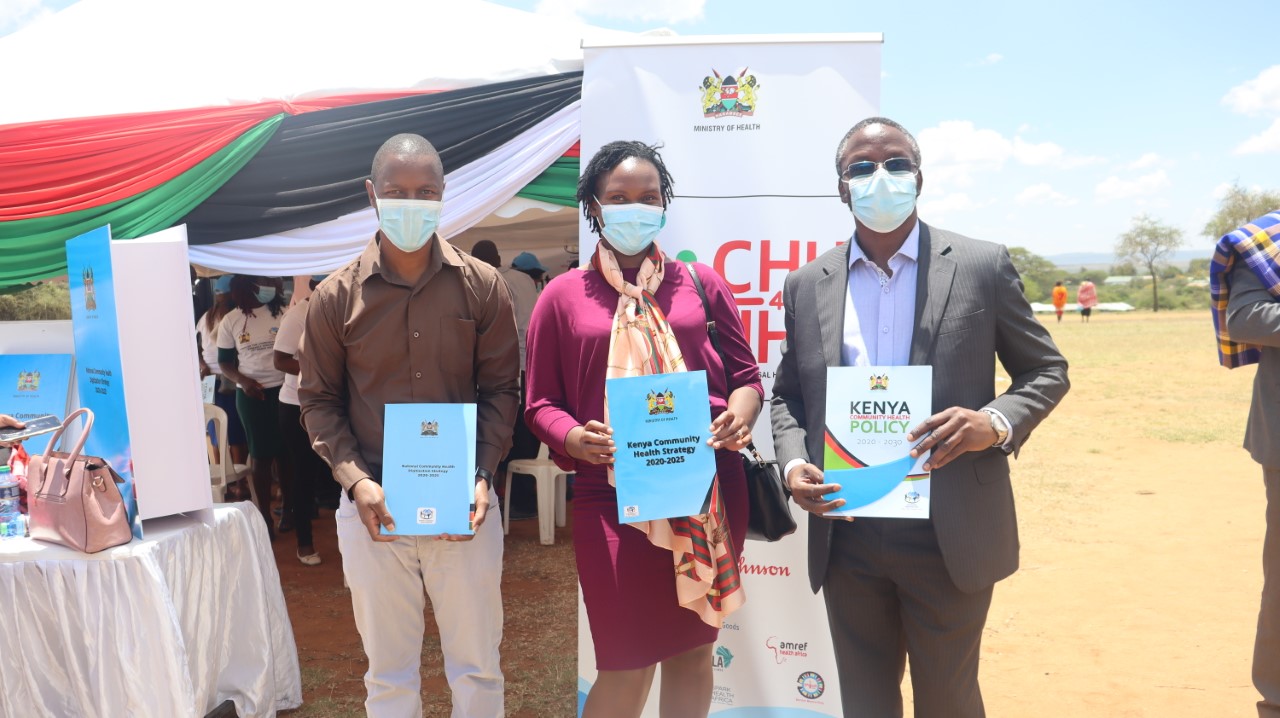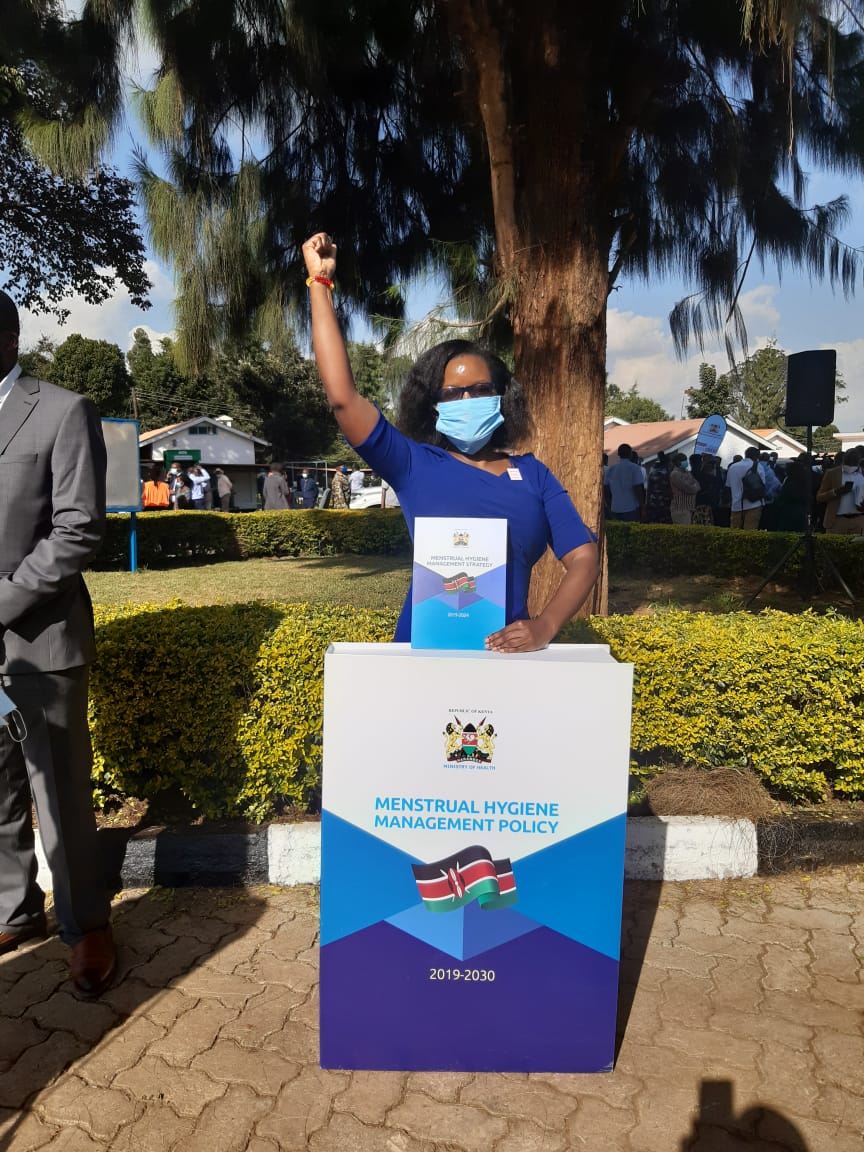Talking Book Changing the Face of Health Seeking Behaviour among Kenyan Pastoralist Communities
Friday, 15 November, 2019

While social and cultural norms are the backbone of any behaviour in communities, lack of knowledge and information is one of the key barriers to access and utilisation of health services.
When working on effective social and behaviour change messaging for nomadic pastoral communities, it is necessary to take into account that these are groups largely burdened by:
- Low literacy levels – only 18.1% and 28.9% of the residents of Turkana and Samburu respectively can read and write; well below the national average of 66.4% [KIHBS 2015].
- Language barriers – very basic understanding of the Kiswahili language, and little to no knowledge of English.
- Low electricity coverage – only 2.4% of households in Turkana have electricity (KIHBS, 2017)
- Low coverage of mass communication services such as radio and TV
Amref Health Africa’s approach to fulfil the unmet health needs among remote communities (i.e. increase equitable access and utilisation of family planning, reproductive, maternal, new-born, child and adolescent health; nutrition; water, hygiene and sanitation services) included the use of technological innovations like the digisomo talking book.
Components of Digisomo
 With the support of USAID through the Afya Timiza project, Amref Health Africa has so far loaded 34 radio dramas in Nga’turkana and Samburu local languages covering the above thematic areas into 348 talking books. The talking books are distributed to community health volunteers, who use them to disseminate messages in households, peer group meetings including mother support groups and father support groups.
With the support of USAID through the Afya Timiza project, Amref Health Africa has so far loaded 34 radio dramas in Nga’turkana and Samburu local languages covering the above thematic areas into 348 talking books. The talking books are distributed to community health volunteers, who use them to disseminate messages in households, peer group meetings including mother support groups and father support groups.
To date, a total of 46,365 beneficiaries have accessed social behaviour change messages via the talking book.
Benefits of the Digisomo Talking Book
- This is a specially designed audio computer for passing audio messages to low literate audiences in remote or hard to reach areas.
- The Talking Book uses batteries (electricity grid not needed)
- Simple icons and audio instructions in local languages mean that it can be operated even by people who cannot read or write.
- The Talking Book is not network dependent so can be deployed anywhere
- The inbuilt speaker makes the Talking Book ideal for listening in small groups or alone
- Programs are able to track which messages have been played, how many times and also get users’ feedback.
Amref Health Africa teams up with African communities to create lasting health change.




